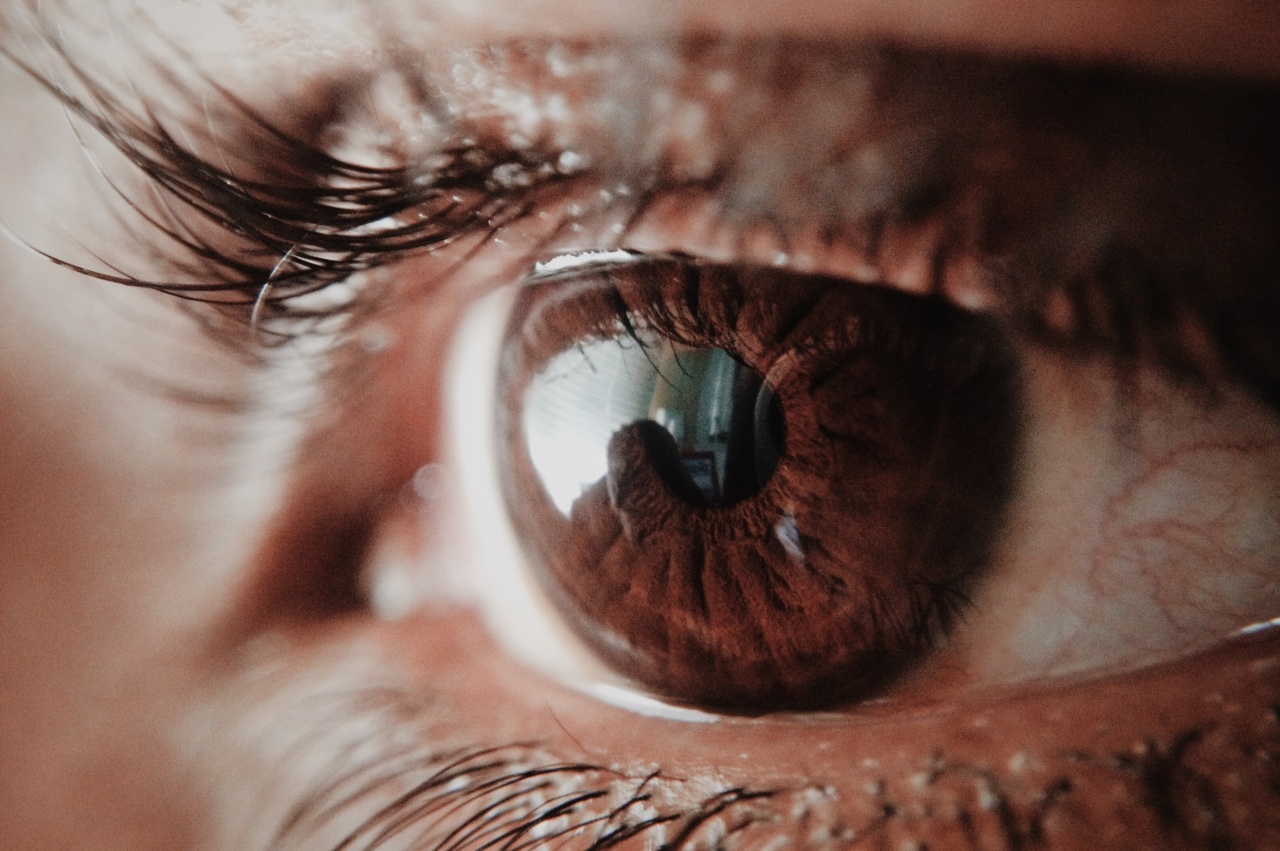Waterfalls are a popular attraction for many people due to their stunning beauty. However, for those living with vision impairment conditions such as glaucoma and macular degeneration, seeing a waterfall in all its glory can be challenging.
While it may seem impossible to fully appreciate the beauty of a waterfall with vision impairment, there are ways to make the experience more enjoyable. In this article, we will explore ways to enhance the experience of seeing a waterfall for those with vision impairment due to glaucoma and macular degeneration.
Understanding Glaucoma and Macular Degeneration
Glaucoma and macular degeneration are two of the most common vision impairment conditions in adults, affecting millions of people worldwide.
They are progressive diseases that lead to gradual vision loss and can have a significant impact on one’s quality of life.
Glaucoma is a disease in which the optic nerve, which connects the eye to the brain, becomes damaged. This damage can cause irreversible vision loss and is usually caused by high pressure within the eye.
Some people are at higher risk of developing glaucoma, including those with a family history of the disease, those with high blood pressure, and those over the age of 60.
Macular degeneration is a disease that affects the macula, the part of the retina responsible for central vision. This disease causes progressive damage to the macula, leading to vision loss in the central part of the visual field.
Risk factors for macular degeneration include age, family history, smoking, and obesity.
Preparing for the Trip to the Waterfall
Before you head out to see a waterfall, it’s important to plan ahead to ensure a safe and enjoyable experience. Here are some tips for preparing for the trip:.
Pack Appropriately
Make sure to pack appropriate clothing for the weather and comfortable shoes. Bring sunscreen, hats, and sunglasses to protect your skin and eyes from harmful UV rays.
Bring a Companion
Having a trusted friend or family member to accompany you can help you navigate any obstacles and ensure your safety throughout the trip.
Research the Waterfall Ahead of Time
Research the waterfall you plan to visit ahead of time to understand the terrain and accessibility. Some waterfalls may have hiking trails or uneven ground that could pose a risk for those with mobility issues.
Experiencing the Waterfall with Vision Impairment
Once you have arrived at the waterfall, here are some tips to help you make the most of the experience:.
Listen to the Sounds of the Waterfall
Take a moment to sit quietly and listen to the sounds of the waterfall. Hearing the rushing water can help you appreciate the beauty and feel more connected to the natural surroundings.
Feel the Water
Many waterfalls have areas where you can safely touch the water. Feeling the cool water on your hands can help you create a sensory experience and appreciate the texture of the water.
Use Binoculars or a Monocular
Bringing binoculars or a monocular can help you see the waterfall up close and appreciate the details more clearly. These tools can also help you navigate the surroundings more safely.
Utilize Audio Guides or Nature Sounds
Some parks and attractions offer audio guides that describe the scenery and history of the attraction. Additionally, nature sounds recordings can help you fully immerse yourself in the experience and appreciate the natural surroundings.
Conclusion
While vision impairment due to glaucoma and macular degeneration can pose challenges in experiencing the beauty of a waterfall, there are ways to appreciate the natural scenery and feel more connected to the environment.
By preparing ahead of time and utilizing tools such as binoculars or audio guides, you can enhance the experience and make lasting memories.



























